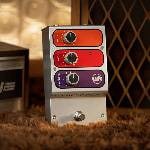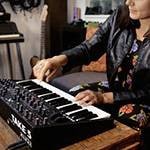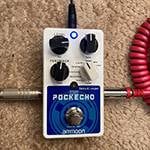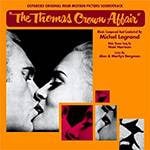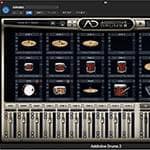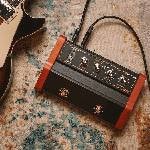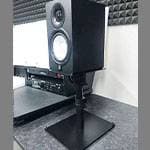Legendary Hammond Organ Players and Classic Albums
In this edition of “Vagabond Synth Nerd’s Journal”, we’ll be exploring legendary players and classic recordings featuring the iconic Hammond organ, which is known as one of the all-time greats in organ history. We’ll dive into key figures across various genres, starting with rock.
When we previously covered progressive rock in “Vagabond Synth Nerd’s Journal”, I introduced keyboardists like Keith Emerson and Rick Wakeman. However, that feature focused on synthesizers, so the commentary was limited to synth performance and the unique characteristics of different synth brands.But in both rock and jazz, the organ plays an undeniably central role for many musicians.
And when it comes to the organ, nothing is more iconic than the Hammond, a sound so deeply embedded in music history that it's virtually synonymous with the instrument itself. The Hammond organ continues to stand the test of time as a classic instrument.
What Is the Hammond Organ?
Large churches often have pipe organs, but due to high costs and other factors, not every church can afford one. The Hammond organ was created to address this issue. It's an electric organ designed to simulate the sound of a pipe organ.
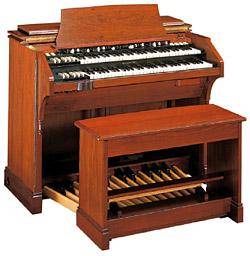
● Hammond C-3 Organ (Image source: Suzuki Musical Instruments website)
One of the defining features of the Hammond organ is the use of drawbars. For each manual (keyboard), there are eight types of harmonics assigned to individual drawbars: the fundamental 8-foot tone, one octave below (16-foot), several octaves above (4-foot, 2-foot, 1-foot), as well as harmonics like the fifth and third intervals. Each drawbar has eight volume levels, and pulling them out allows players to finely adjust the timbre and volume. The possible tone combinations from drawbar settings exceed 200 million.
In classic rock, the go-to setting is pulling out the bottom four drawbars: 16-foot, 5 1/3-foot, 8-foot, and 4-foot. Organists manipulate drawbars on the fly to shift their sound and evoke different musical feelings.
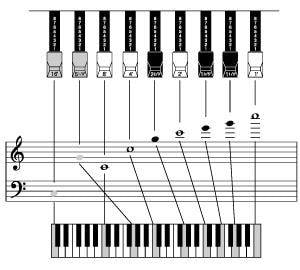
Image of Hammond Organ Drawbars (Source: Suzuki Musical Instruments website)
The Hammond Organ Manufacturer in Shizuoka: Suzuki Musical Instruments
The Hammond organ is made by Suzuki Musical Instruments that’s located in Hamamatsu City, Shizuoka Prefecture. I owe a lot to Suzuki when I was working in news and media. They're a world-renowned company that makes a wide range of instruments, including melodions and harmonicas used in music education. And yes, they also manufacture Hammond organs, making them a truly versatile instrument maker.
When I was producing a show about synthesizers, or working on a special feature for a news program titled “The Day Hammond Keyboards Disappear,” I was supported by many people at the company, especially Mr. T. These people were very warm and friendly folks, like the kind-hearted uncles you’d find working in a small-town workshop.
I even received an Oberheim Expander at a special price, and once borrowed the pink Kurzweil synthesizer used by Tomoko Konno from Princess Princess. I have countless fond memories with Mr. T and the Suzuki team.
I've been a huge fan of Hammond ever since I bought the Hammond New X-5 back in my student days. But the New X-5, with its dual keyboards, was incredibly heavy. This keyboard was split into three parts: the main body, the stand, and the pedalboard—it weighed a total of 63 kilograms and it was impossible to carry it all by myself.
After that, I bought a more compact combo-style Hammond to play in my band. I played it for a while, but even that Hammond weighed nearly 12 kilograms, which was tough on my bad back (though there’s no doubt it produced great sound). I used a wheeled carrier to transport it, but carrying a vertically long instrument with 61 keys wasn’t easy. These days, I’ve switched to a lighter, foreign-made organ.
While it's possible to substitute a synthesizer for an organ, synthesizers don’t have drawbars, so they don’t really give the same playing experience. Since I use organ sounds a lot in my band, having an organ with drawbars remains my first choice.
■Recommended Album: Deep Purple / Live in Japan (1972)
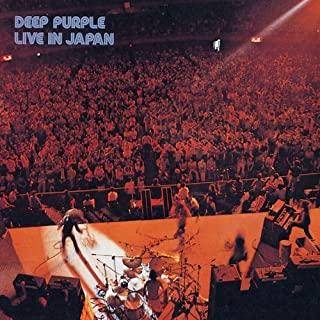
When it comes to iconic Hammond organ performances in rock music, Live in Japan by Deep Purple is an outstanding example. This album isn’t just considered to be a classic of Deep Purple’s discography—it’s a landmark live album in rock history.
Recorded during the band’s peak, it captures their high-energy performance in full force. While guitarist Ritchie Blackmore’s playing is outstanding, it’s also a chance to hear keyboardist Jon Lord’s incredible Hammond organ work. Jon Lord played on a customized Hammond C-3 organ. Normally, organists connect their Hammond to a Leslie speaker, but in Jon’s case, he plugged it directly into a Marshall amp to produce a powerful sound that could stand up to Ritchie’s thunderous volume.
Recommended Track: "Highway Star"
Jon Lord’s organ solo in this live performance is, in my opinion, one of the best takes of his playing.His Hammond work is incredibly melodic, so much so that it sounds like it was written out on sheet music. Given his classical background, it’s easy to imagine that it was fully composed rather than improvised. However, when you listen to alternate takes of "Highway Star" from Live in Japan, you can hear that he doesn’t play identical solos, so it’s clear they weren’t pre-written. Of course, the highlights like the rapid sixteenth-note run remain consistent.
At age 18, I was so enamored with Jon’s solo that I asked a friend from the music department to help me transcribe it (since it was too difficult for me to learn by ear at the time), and we performed it at our school festival. But to be honest, I couldn’t match the clarity or precision of his playing at all.
One of Jon’s signature Hammond tricks that can be heard in songs like "Highway Star", is at the end of a performance: he would crank up the reverb and lift the organ slightly using his knees and thighs, then drop it a few centimeters to the floor. This caused a dramatic "splash" of reverb—a booming, resonant sound that was incredibly cool. It only works with gear that has a spring reverb unit. You can hear this exact sound on Live in Japan, so listen out for it. And if you have a keyboard or amp with built-in reverb, try it yourself so you’ll see what I mean.
Recommended Track: "Lazy"
This song opens with an unusual, almost un-Hammond-like sound created using a ring modulator. It seems this was Jon’s clever idea to expand the sonic range of the Hammond organ. In this track, you can hear his funky organ playing style.
■Musician, Album, Recommended Tracks, and Keyboard Used
- Artist: Deep Purple, Jon Lord
- Album: Live in Japan
- Tracks: "Highway Star", "Lazy"
- Instrument: Hammond C-3 Organ
Column "sound & person" is made possible by your submissions.
For details about contributing, click here.






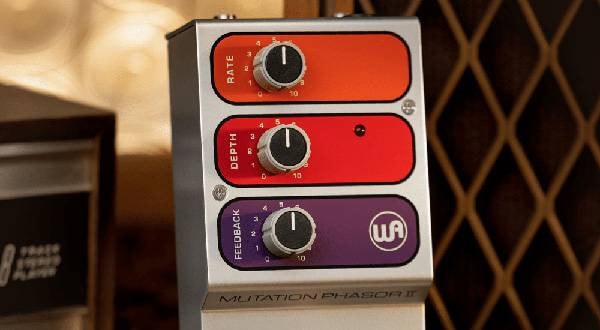
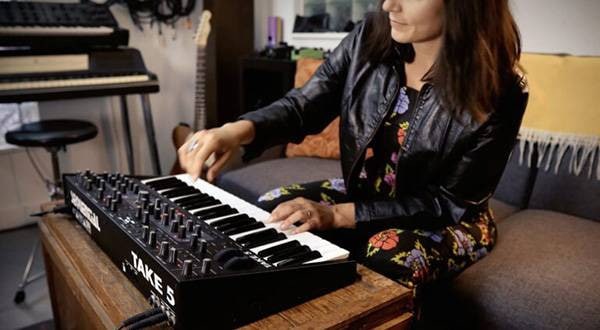
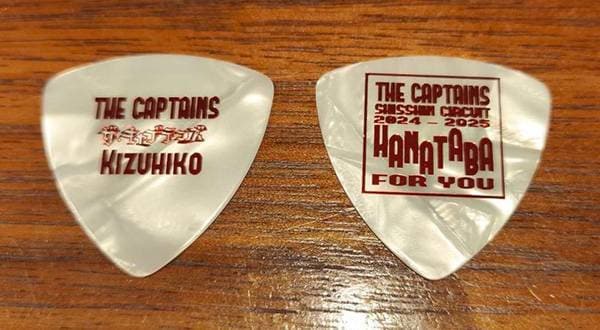
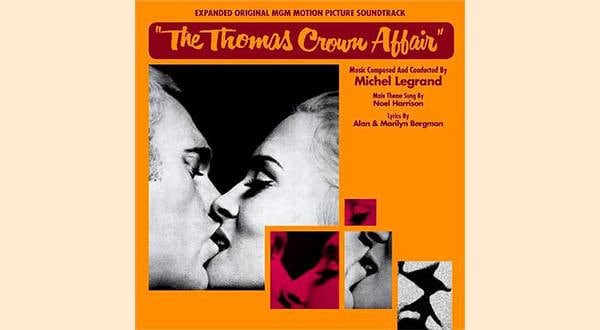
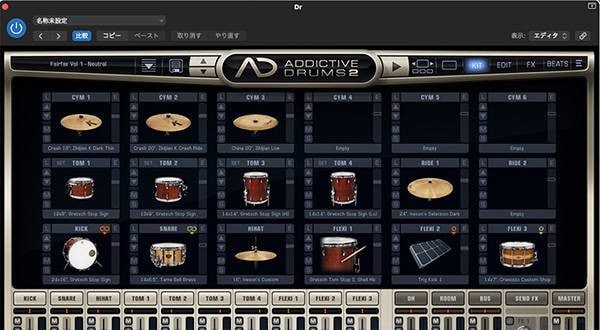
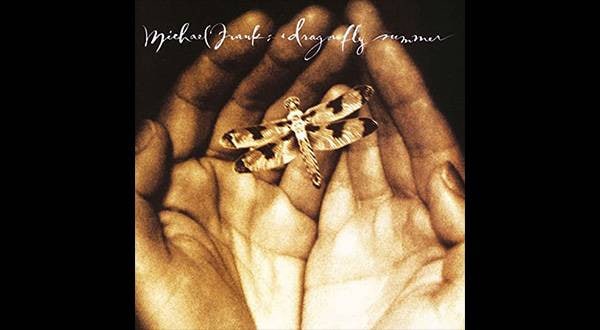


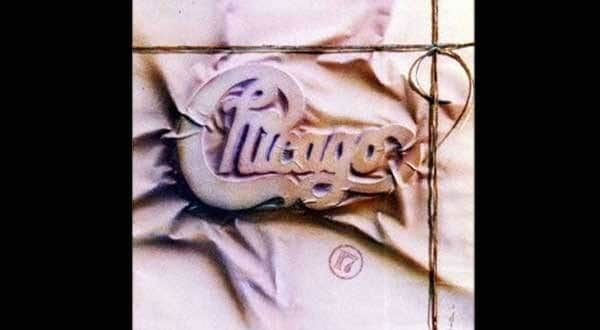
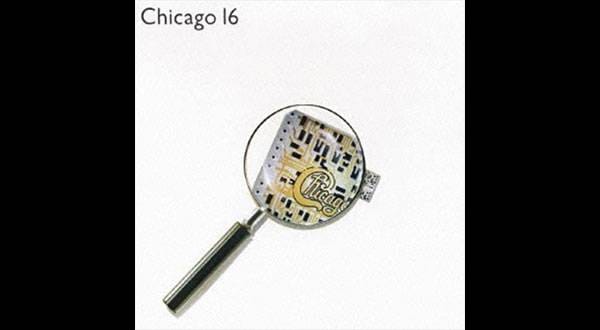
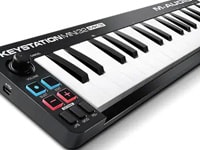 USB接続対応のMIDIキーボード
USB接続対応のMIDIキーボード
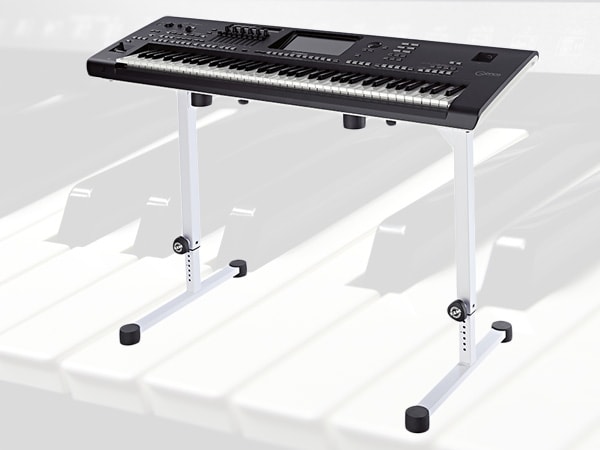 キーボードスタンドの選び方
キーボードスタンドの選び方
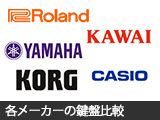 各メーカーの鍵盤比較
各メーカーの鍵盤比較
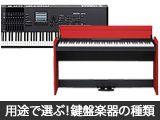 用途で選ぶ!鍵盤楽器の種類
用途で選ぶ!鍵盤楽器の種類
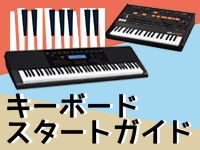 キーボードスタートガイド
キーボードスタートガイド
 キーボード・ピアノ講座
キーボード・ピアノ講座
